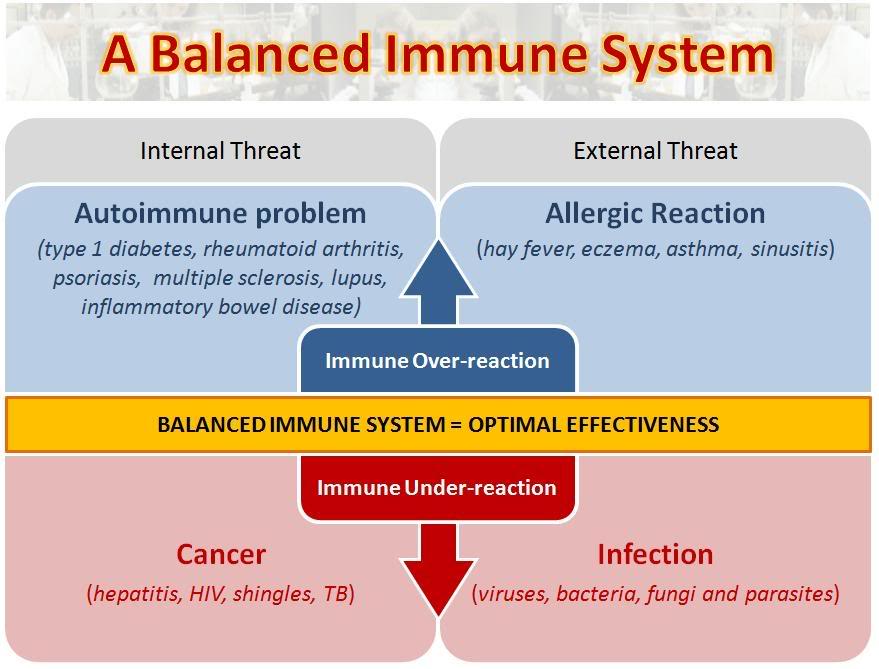The importance of maintaining cleanliness in various environments, including healthcare, food processing, and general public spaces, cannot be overstated. One of the most effective methods to ensure hygiene is through ATP testing.
What is ATP Testing?
ATP, or Adenosine Triphosphate, is a molecule found in and around living cells. The presence of ATP on a surface means that it may be contaminated with organic material such as food residue, bacteria, or other microorganisms. ATP testing measures the amount of ATP present to instantly assess surface cleanliness.
How Does ATP Testing Work?
ATP testing involves the use of ATP swabs which are used to collect a sample from the surface. The swab is then placed into a test device that contains a reagent, which reacts with the ATP. The reaction emits light, and the ATP test meter measures this light to calculate the level of contamination. Results are quick, often within seconds or minutes, making it an efficient solution for real-time cleanliness verification.
Applications of ATP Testing
There are various scenarios where ATP testing can be beneficial:
Food Safety
In the food industry, ensuring that surfaces and utensils are clean is critical to prevent contamination. ATP testing helps maintain hygiene standards by providing immediate feedback on cleanliness.
Healthcare Environments
Hospitals and clinics can significantly benefit from ATP surface testing to ensure that patient areas, surgical tools, and common touchpoints are free from harmful microorganisms.
Public Spaces
Places like gyms, schools, and offices, where multiple people converge, can also use ATP swab test kits to monitor and maintain a clean environment.
Best Practices for ATP Testing
For accurate results, it’s essential to follow best practices when using ATP swab testing methods:
- Ensure that swabs are stored at room temperature and used before their expiration date.
- Utilize a consistent sampling technique to avoid varying results.
- Calibrate the ATP test meter regularly to maintain accuracy.
- Interpret the data based on the standards set for your specific industry.
Conclusion
Maintaining a clean and hygienic environment is crucial for health and safety. By incorporating advanced methods such as ATP microbial testing, organizations can ensure that their cleanliness standards are met efficiently and effectively. Whether it’s in healthcare, food safety, or public spaces, the use of ATP testing is an invaluable resource in maintaining high hygiene standards.




